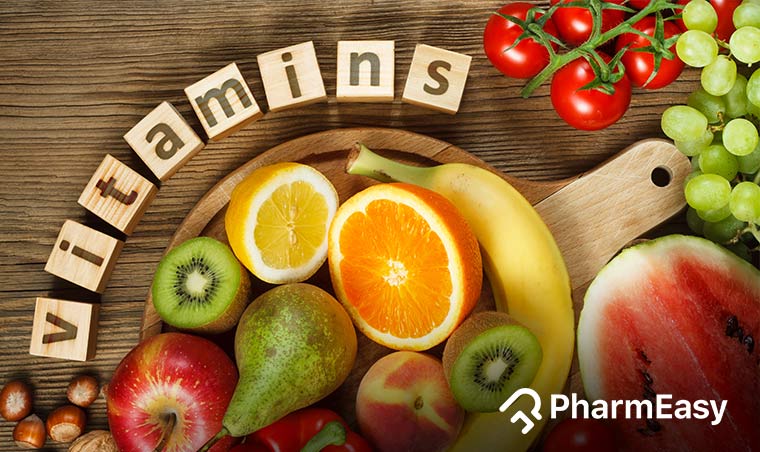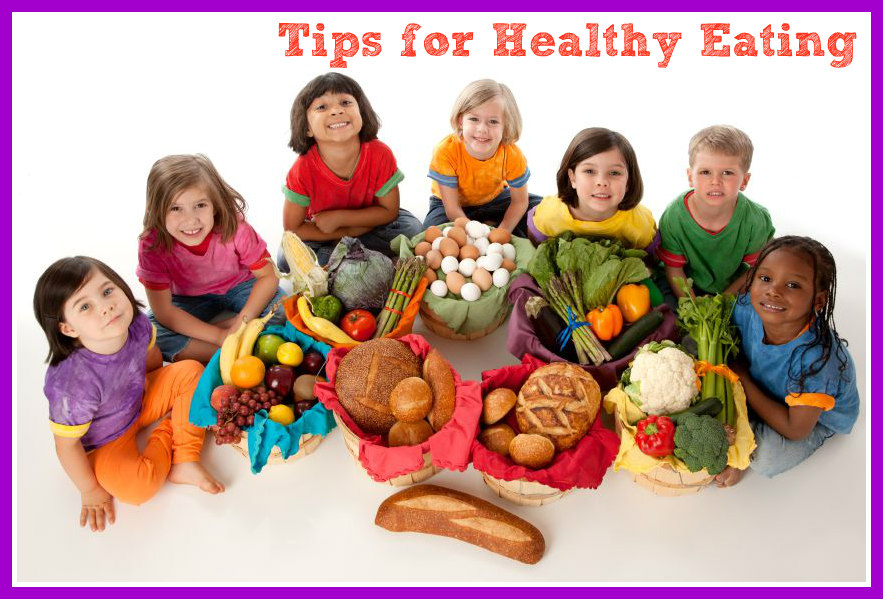
Many states and localities have implemented or are currently planning programs to combat obesity. These efforts can promote healthy living and lower the body's fat. Local governments can help coordinate these efforts by focusing on the needs of residents. A community fitness center is one example of a local government-led program to prevent obesity. This is an effective way for children to move and cut down on calories. The community can benefit from a fitness center that offers facilities for exercising.
Numerous state governments have taken steps towards fighting obesity. The government could set a sugar reduction goal for consumers to help improve their health. The same goes for portion sizes. This program can be promoted to mothers with young children and pregnant women. This program is beneficial for everyone, even the elderly. However, not everyone is aware of the benefits these strategies have in their own communities.

Although the federal government is committed to nutrition and fitness since its inception, attention has been largely focused on obesity prevention. Because obesity is America's number one health indicator, programs must be tailored to combat it. The President's Council on Physical Fitness and Sports will be launching Fit 'n Active Kids and Partnership for a Walkable America. America on the Move by the Partnership for Healthy Eating and Active Living aims at preventing adult weight gain. It encourages people to increase their physical activity and decrease their caloric intake.
Another funding source for obesity prevention is the CDC grants. These grants support the implementation of programs for people with disabilities. The CDC's grant program focuses on chronic disease prevention and local capacity building. It can also assist in the establishment of community demonstration projects. In FY 2003, the CDC provided a total of twenty states with these grants. There is a possibility that more states will be able to access the grants if the funds are increased to the state level.
There are many examples of public health programs to prevent obesity. The CDC also funds states, universities, and communities to promote healthy eating and physical activity. Its website has information about grantees as well as funding sources. Important to remember that not all types of obesity can be treated by public health programs. Some programs are not able to treat all forms of obesity. By addressing the root causes of the disease, they can help improve the overall health of the community.

New Jersey's health department is ramping up its fight against the bulge. It has established the Office of Nutrition and Fitness in order to coordinate programs that prevent obesity. Children and adults are considered the most important state in the country by the state. It is imperative that the government invests more in nutrition education for children who are overweight or obese. Its citizens' health is at risk and the federal government should support their efforts.
FAQ
What's a good workout routine for daily?
Regular exercise is key for staying in shape. It doesn't make a difference what kind of activity you choose. As long as you do it often, it will be beneficial. Consistency is the key. To achieve success, you need to persevere for a long time.
Start by doing small amounts of daily physical activity (like walking). Gradually increase your exercise time until you are able to spend 30 minutes per day. You can do this running, swimming weight training, yoga or aerobics classes.
It's important that you get your exercise done every day. If you have a valid reason to skip a session, it is best not to.
Make sure to wear appropriate clothing and footwear for outdoor exercise. Also, consider weather conditions and how they might affect your ability or safety while exercising.
When you exercise, drink plenty of fluids. Avoid alcohol consumption during this time as it can lead to dehydration. Also, don't drink caffeine-rich beverages like tea, coffee, or cola. These drinks may give you energy but also dehydrate your body.
At first, it's normal to feel tired after you finish your exercise routine. But if your workouts are continued, you will feel more energetic.
What if I exercise and drink alcohol?
Yes. Alcohol can increase energy expenditure, speed recovery time, and reduce soreness.
Also, alcohol increases insulin sensitivity which makes it easier to absorb glucose.
Dehydration can result from alcohol, which can affect your metabolism. It can also decrease testosterone production, which can affect muscle-building ability.
This is why women shouldn't have alcoholic drinks before exercising. Women who have consumed a lot of alcohol should wait at most 24 hours before working out.
Women who are nursing should avoid alcohol as much as possible.
Men should drink only one glass of alcohol per day.
Is weightlifting more effective at burning fat?
You can lose more fat by weight lifting, but only when you do it in conjunction with cardio.
You should do weightlifting after your cardio workouts to maximize its benefits.
If done correctly weightlifting can raise your heart rate, oxygen consumption and help you lose weight.
You will not notice any changes in your body composition if you don’t combine it and cardio.
What does butter do for men?
Butter is one the most nutritious sources of saturated oils. This type of fat helps to build stronger bones, healthy skin, and hair.
Butter also contains vitaminK, which prevents bleeding after cuts and bruises. Vitamin K and vitamin C work together to prevent bruising.
Butter is also rich in minerals, including calcium, phosphorous, and potassium. These elements encourage stronger bones.
However, butter has some drawbacks. Butter contains high amounts of cholesterol. Research has shown that high levels of cholesterol could increase your chances of developing cardiovascular disease.
Also, butter is high in saturated fat, contributing to obesity and increased cholesterol levels.
But if butter is a must, you can spread it on bread and not dip it in soups or salads. Bread absorbs more oil that pasta and potatoes.
Statistics
- Are You One of the 20% of Guys (mh.co.za)
- The PRS enabled risk stratification for overall prostate cancer and lethal disease with a four-fold difference between men in the highest and lowest quartiles (HR, 4.32; 95% confidence interval [CI], 3.16-5.89). (pubmed.ncbi.nlm.nih.gov)
- According to the American Heart Association, blood pressure should be checked at least once every two years, beginning at age 20. (my.clevelandclinic.org)
- According to the American Academy of Dermatology (AAD), men over 50 are at a heightened risk of developing it. (healthline.com)
- By John Thompson Take a whopping 38% off a set of PowerBlock Pros. (menshealth.com)
External Links
How To
How can I burn fat and exercise?
Exercise reduces calories by increasing metabolism, and oxygen consumption.
Moderate intensity exercise is a safe way to lose weight.
These are some tips to help you lose fat while working out:
-
Do cardio exercises such as walking, swimming, jogging, cycling, running, or elliptical training.
-
Exercise for 30 minutes three times per week.
-
You can add strength training into your exercise routine if you're looking to lose even more weight.
-
Avoid intense workouts. It is possible to build muscle without destroying muscle tissue.
-
During exercise, drink plenty of water. Water helps flush out toxins and keep your body properly hydrated.
-
After working out, drink low-fat protein shakes. Protein shakes boost energy and repair muscle tissue.
-
Smaller meals are better for you.
-
Don't skip breakfast! Skipping breakfast can lead to fatigue and sluggishness.
-
Mental health is important. Stressful situations can slow metabolism.
-
Keep a positive attitude. Research shows that overweight people gain more weight if they believe they are overweight than those who believe they look good.
-
Get enough sleep. You will have a harder time losing weight if you do not get enough sleep.
-
Always be active. Keep moving every hour.
-
Maintain a healthy diet. You will feel fuller longer if you eat right.
-
Find relaxation techniques. A tense mind doesn't allow your body to release stress hormones that break down muscle tissue.
A balanced diet contains all necessary nutrients for growth and development.
You should eat six small meals per day rather than three large ones. This gives your body the time it needs to process what you've eat.
To maintain strong bones, you need to consume 500 mg of calcium each day. Calcium can be found as a dairy product such as milk, yogurt and fortified soy drinks, orange juices, cereals, breads, and cereals.
Calcium is found in green leafy vegetables, beans, tofu, seeds, nuts, and cheese.
Vitamin D is required by the body to absorb calcium. Vitamin D is found in certain fortified foods, such as egg yolk and fatty fish.
Vitamin E is essential for skin health. It's found in vegetable oils, wheat germ oil, peanuts, almonds, sunflower seeds, and corn.
Your body needs zinc for normal immunity function and wound healing. Zinc is found in seafood, oysters legumes meats, whole grains, whole grains and meats.
Zinc deficiency may cause fatigue, loss appetite, depression, and impaired immunity.
Sugar intake can lead to insulin resistance which causes blood glucose levels to rise. Insulin resistance is linked to weight gain.
When there is a high level of free radicals, insulin resistance can develop. Free radicals refer to molecules that contain unpaired electrons. They can damage cell membranes and other body parts.
Most free radicals come from pesticides herbicides, food additives, preservatives smoking, radiation, chemical in cosmetics, lotions and household cleaning supplies.
Free radicals can lead to cancer and heart disease, diabetes mellitus, arthritis, asthma, and premature aging.
A well-balanced diet rich in antioxidants is the best way for you to avoid free radical damage. Antioxidants protect against oxidative damage.
Vitamin C (found on citrus fruits), Beta carotene, found in carrots and sweet potatoes, spinach and broccoli, cantaloupe (found in tomatoes, mangoes and peppers), and Vitamin E (found nuts, olive oil and avocados).
Additional antioxidant nutrients include selenium and copper, manganese and zinc.
Selenium protects cells from free radical damage. Selenium is found in Brazil nuts, tuna, liver, kidney, shrimp, cod, turkey, beef, lamb, pork, and chicken.
Copper protects the brain and eyes as well as the lungs and red blood cells. Copper is found in shellfishes, poultry, meat, organ meats, and other foods.
Manganese, an essential component of bone strength, is crucial. Manganese may be found in brown rice or spinach, bananas and prunes as well raisins, oatmeal and lentils.
Zinc is necessary for average growth, reproduction, and wound healing. Zn can be found in lean cuts, white fish, poultry, eggs, and other foods.